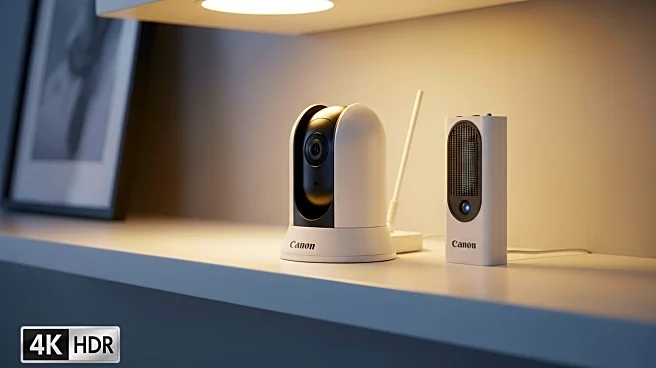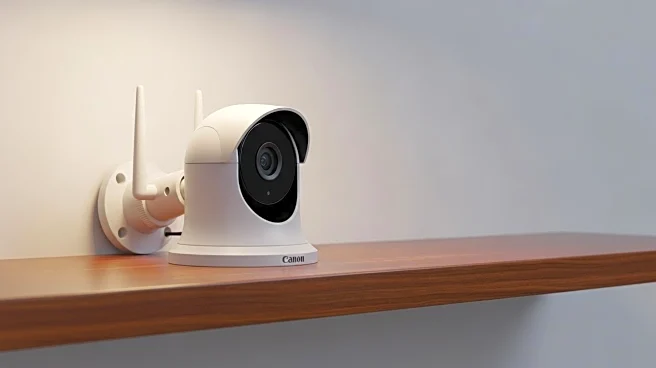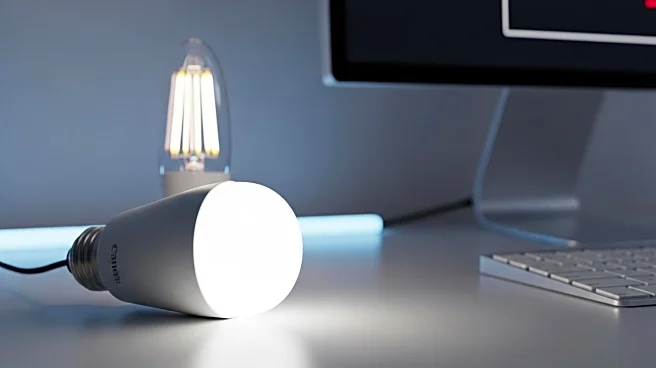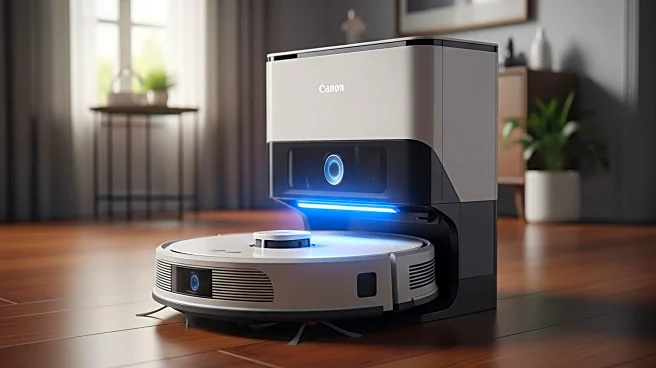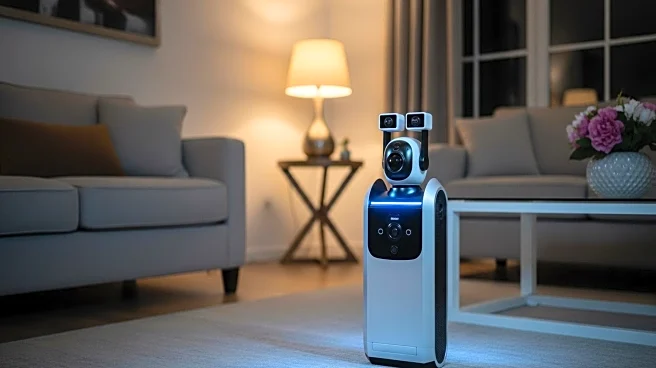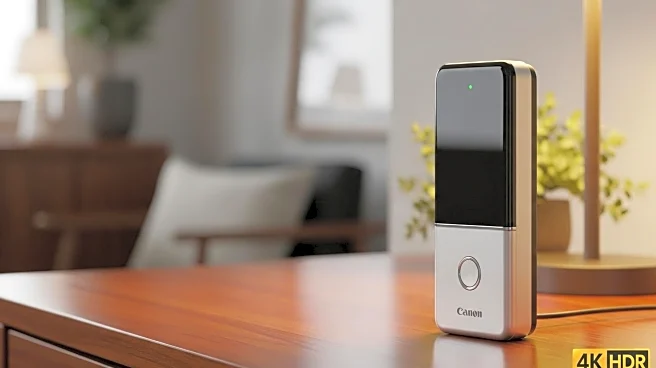What's Happening?
Smart home security systems, primarily designed for monitoring and protection, are proving useful in pest control. Motion sensors using passive infrared technology can detect small movements, such as those made by cockroaches and other pests. These sensors, often placed near entry points like doors and windows, can inadvertently alert homeowners to pest activity. While not a replacement for professional pest control, these systems can help identify problem areas and reduce pest-related issues.
Why It's Important?
The dual functionality of smart home security systems enhances their value for homeowners, offering an additional layer of utility beyond security. This capability can lead to cost savings by reducing the need for separate pest detection systems. It also highlights the versatility of smart home technology, encouraging further innovation and integration of features that address multiple household concerns. As smart home adoption increases, these added benefits can drive consumer interest and satisfaction.
What's Next?
As the technology evolves, manufacturers may develop more specialized sensors that can better differentiate between human and pest movements, reducing false alarms. There could also be advancements in integrating pest control features directly into smart home ecosystems, allowing for automated responses to detected pest activity. This could include triggering lights or sounds to deter pests or alerting homeowners to take action. The continued development of these technologies could lead to more comprehensive home management systems.

